How The Pope Is Chosen: A Guide To The Conclave

Table of Contents
The Death or Resignation of a Pope
The process of electing a new Pope begins with the death or resignation of the reigning Pontiff. This event initiates the sede vacante period – the period between the death or resignation of a Pope and the election of his successor. During this time, key responsibilities fall to the Cardinal Camerlengo, who acts as a kind of temporary administrator of the Holy See. The Camerlengo ensures the smooth functioning of the Vatican and prepares for the upcoming Conclave.
- Announcement of the Pope's death or resignation: This announcement is made publicly, often via a solemn ceremony, marking the beginning of the sede vacante.
- Preparation of the Apostolic Palace for the Conclave: The Apostolic Palace undergoes significant preparation to house the Cardinals during their seclusion. Security measures are heightened, and the living quarters are arranged for the needs of the Conclave participants.
- Gathering of Cardinals from around the world: Cardinals eligible to participate in the Conclave travel to Rome from across the globe. This gathering of the College of Cardinals is a crucial precursor to the election itself.
The Role of the Cardinals
The Cardinals are the central figures in the Papal Conclave. Only eligible male cardinals under 80 years old can participate in the Conclave. Their collective role is paramount in determining the next Supreme Pontiff. Their individual votes carry immense weight in the selection process.
- The College of Cardinals: its composition and significance: The College of Cardinals comprises high-ranking clergy appointed by the Pope. Its composition reflects the global reach of the Catholic Church.
- The role of the Cardinal Dean in managing the Conclave: The Cardinal Dean, typically the oldest Cardinal Bishop, plays a crucial role in overseeing the logistical and procedural aspects of the Conclave.
- The importance of Cardinal electors and their responsibilities: The Cardinal electors are those under 80 years of age, and their solemn responsibility lies in carefully considering the candidates and casting their votes. Their decisions shape the future leadership of the Catholic Church.
The Conclave: Seclusion and Deliberation
The Conclave itself is a period of intense seclusion and deliberation. The Cardinal electors are confined to the Sistine Chapel within the Apostolic Palace for the duration of the Conclave, completely isolated from the outside world. Strict rules of secrecy are enforced to ensure the integrity of the voting process. Voting takes place through a series of ballots.
- The physical setting of the Conclave: The Sistine Chapel, renowned for its artistic grandeur, provides the setting for this historically significant event.
- The process of voting and ballot counting: Each ballot is meticulously counted, and the results are immediately made known.
- The significance of a two-thirds majority vote: A two-thirds majority vote is required to elect a new Pope. This ensures a broad consensus among the Cardinal electors.
- The use of "fumata bianca" (white smoke) and "fumata nera" (black smoke) signals: The color of the smoke emerging from the Sistine Chapel chimney signals the outcome of each round of voting; white smoke signifies an election, while black smoke indicates that no candidate has reached the required majority.
Election of the New Pope
Once a candidate receives the required two-thirds majority vote, he becomes the new Pope. He then chooses a papal name, a tradition reflecting a break from his previous identity and the commencement of his new role. The world eagerly awaits the announcement. The announcement of the new Pope is made from the balcony of St. Peter's Basilica.
- The announcement of "Habemus Papam!" (We have a Pope!): This iconic phrase marks the moment of revelation, sending waves of excitement and anticipation throughout the world.
- The new Pope's first public appearance and address: The newly elected Pope gives his first address to the vast crowds gathered in St. Peter's Square and the global audience watching through various media outlets.
- The beginning of his papacy and his responsibilities: With the announcement, the new Pope assumes the immense responsibilities and leadership of the Catholic Church.
Conclusion
The process of choosing a new Pope through the Papal Conclave is a complex and significant event in the Catholic Church. Understanding the roles of the Cardinals, the importance of the Conclave itself, and the significance of the election process offers valuable insight into the leadership of the Catholic faith. By learning about the intricacies of the Papal Conclave, we gain a deeper appreciation for the history and traditions surrounding the selection of the Supreme Pontiff. To further your knowledge on this fascinating subject, research further into the history of Papal Conclaves and the evolving role of the Pope in the modern world. Learn more about the Papal Conclave today!

Featured Posts
-
 Xrp Price Jump Us Presidents Post On Trump And Ripple
May 07, 2025
Xrp Price Jump Us Presidents Post On Trump And Ripple
May 07, 2025 -
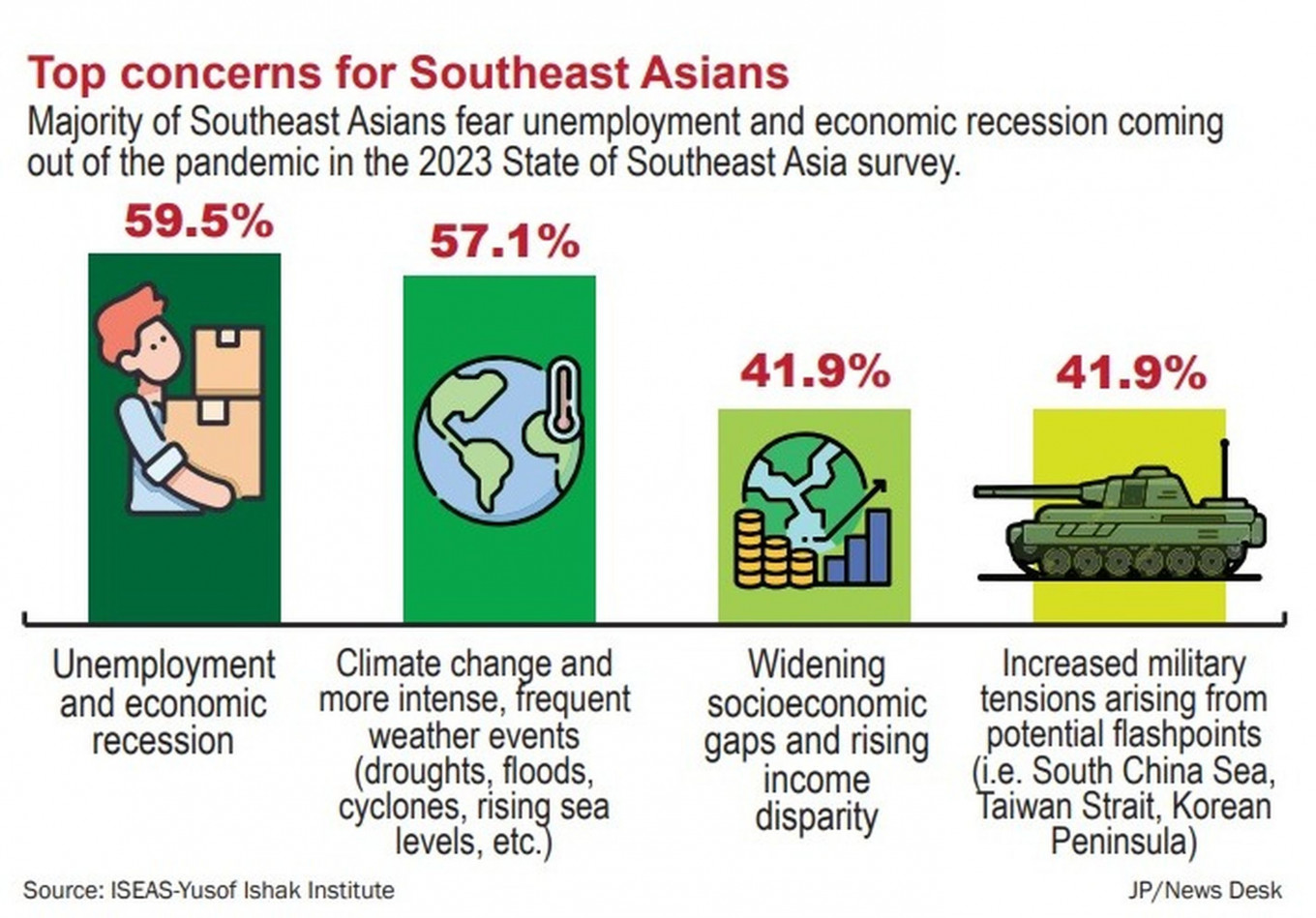 Bmo Survey Recession Concerns Halt Canadian Home Purchases
May 07, 2025
Bmo Survey Recession Concerns Halt Canadian Home Purchases
May 07, 2025 -
 Jacek Harlukowicz Najwiekszy Zasieg Publikacji W 2024 Roku 5 Materialow Onetu
May 07, 2025
Jacek Harlukowicz Najwiekszy Zasieg Publikacji W 2024 Roku 5 Materialow Onetu
May 07, 2025 -
 Dzheki Chan Na 71 Uspekh Zdrave I Dlgoletie
May 07, 2025
Dzheki Chan Na 71 Uspekh Zdrave I Dlgoletie
May 07, 2025 -
 Seattle Mariners Why They Re Keeping Their Starting Pitchers
May 07, 2025
Seattle Mariners Why They Re Keeping Their Starting Pitchers
May 07, 2025
Latest Posts
-
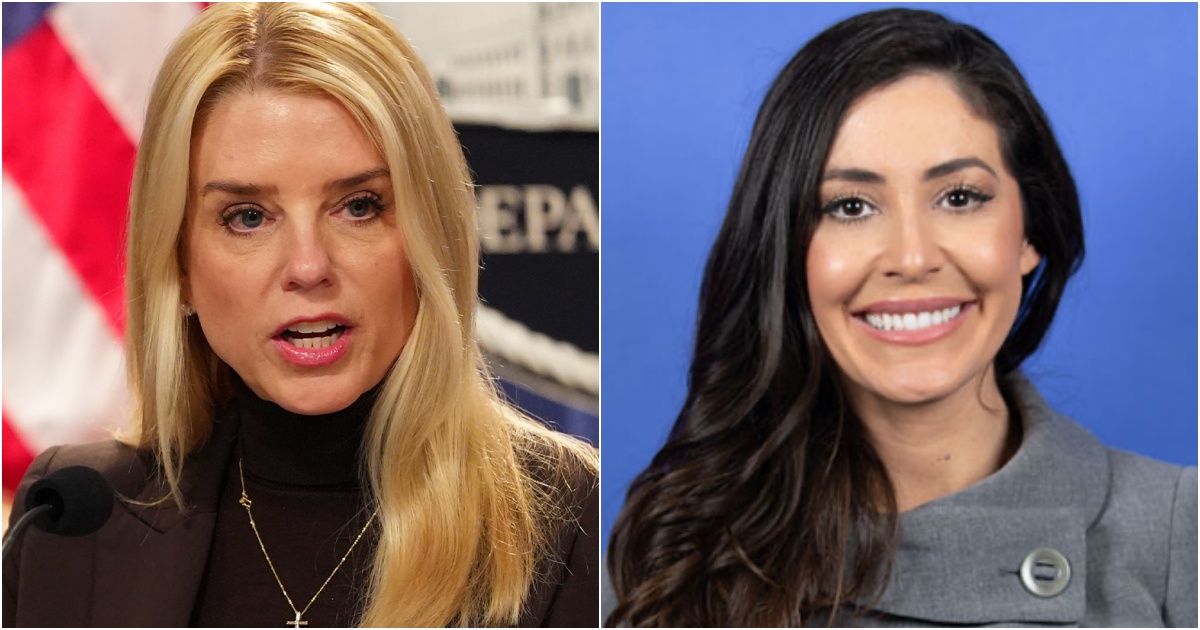 Pam Bondi On Epstein Diddy Jfk And Mlk Upcoming Document Release
May 10, 2025
Pam Bondi On Epstein Diddy Jfk And Mlk Upcoming Document Release
May 10, 2025 -
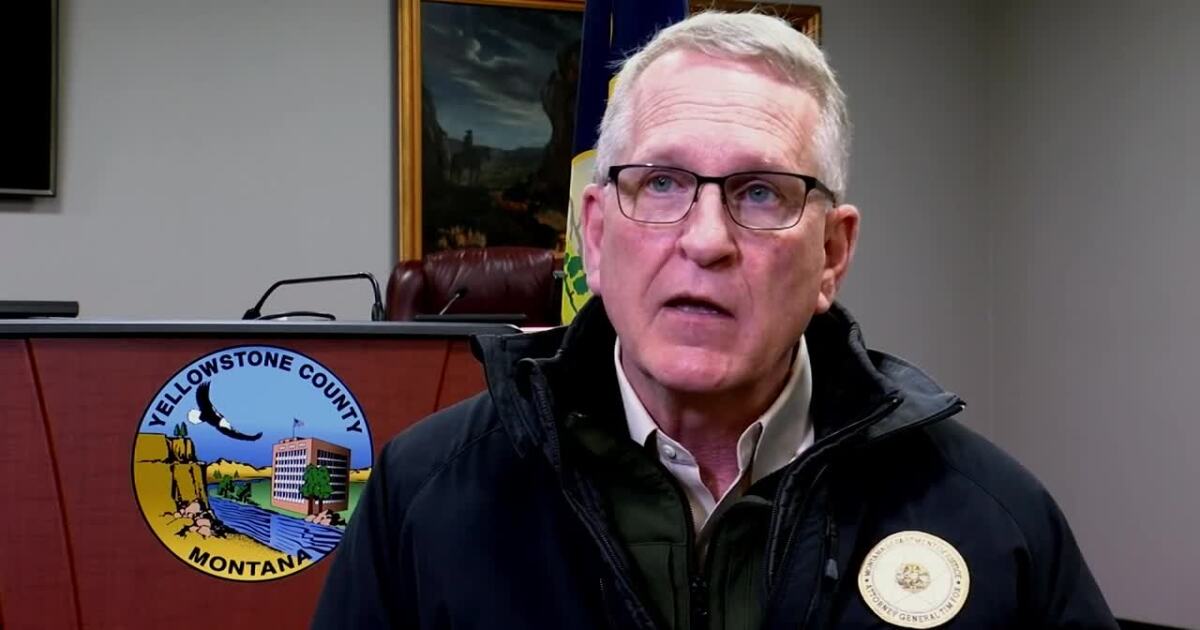 The Us Attorney General And Fox News A Daily Occurrence Worth Investigating
May 10, 2025
The Us Attorney General And Fox News A Daily Occurrence Worth Investigating
May 10, 2025 -
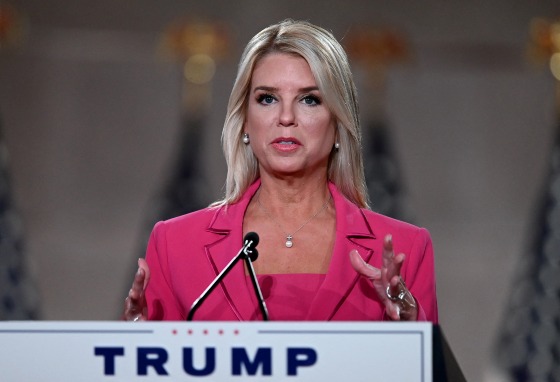 The Epstein Case Attorney General Pam Bondis Role And The Missing Client List
May 10, 2025
The Epstein Case Attorney General Pam Bondis Role And The Missing Client List
May 10, 2025 -
 Beyond Epstein Examining The Attorney Generals Frequent Fox News Interviews
May 10, 2025
Beyond Epstein Examining The Attorney Generals Frequent Fox News Interviews
May 10, 2025 -
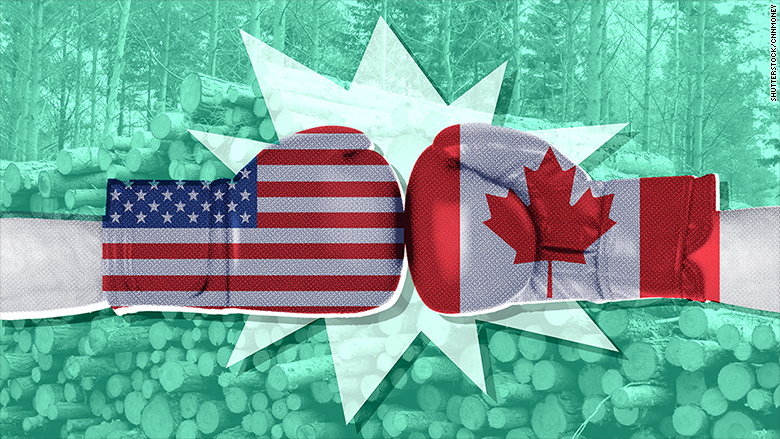 Chinas Canola Supply Chain Shifting Sources After Canada Trade Tensions
May 10, 2025
Chinas Canola Supply Chain Shifting Sources After Canada Trade Tensions
May 10, 2025
